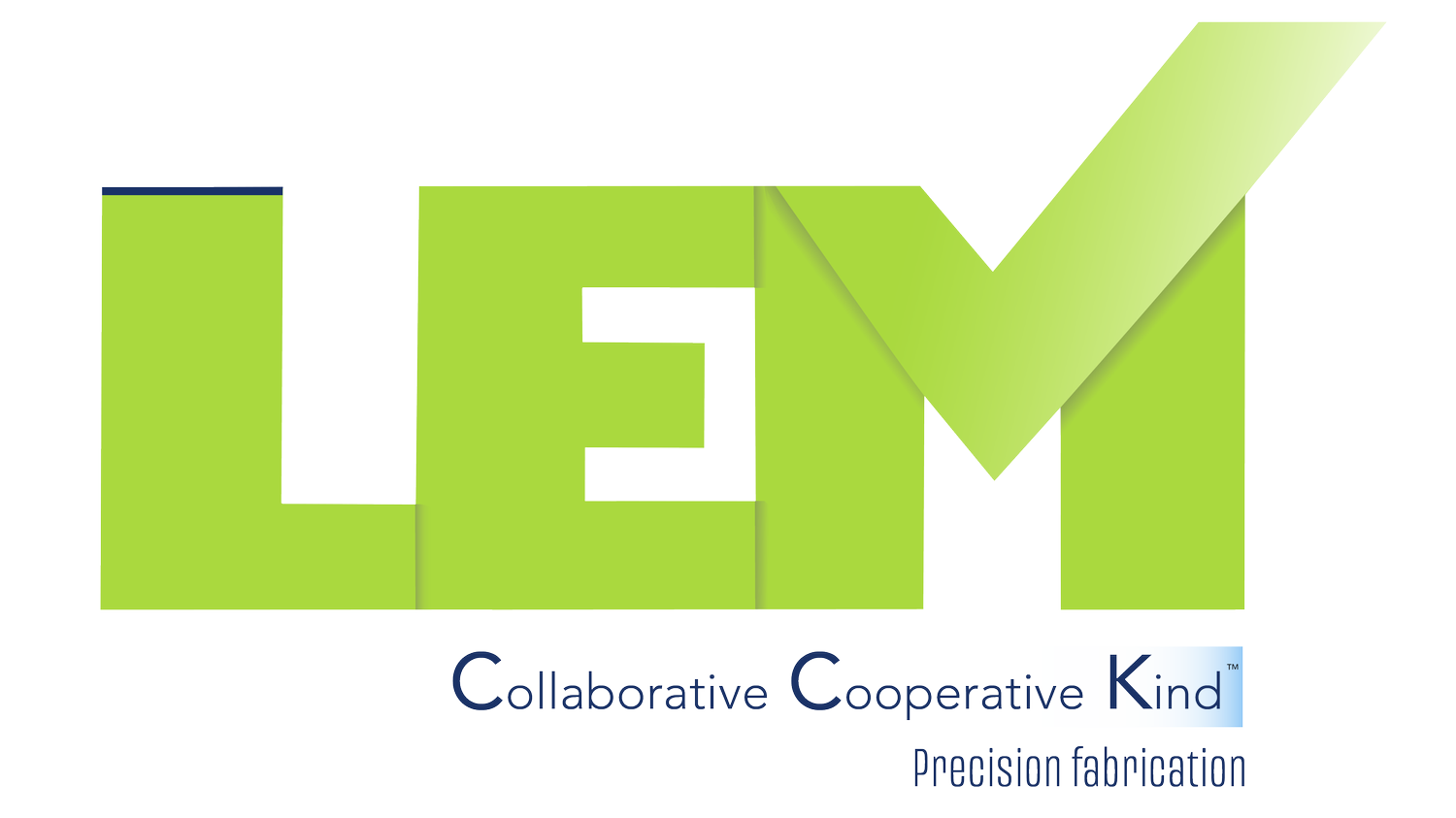What do Precision Machining & Fine Art Have in Common?
Ask Leonardo da Vinci & L-E-M
It is the method of precision that enhanced Da Vinci’s stunning creativity.
With a structured approach (and many dissections), Leonardo unlocked intense anatomical accuracy in his drawings of people.
His detailed sketches of machines, human anatomy, and architectural forms are seen as historical precursors to CAD (Computer-Aided Design).
Detailed Drawings Helped Us Imagine How Humans Could One Day Fly
The Ornithopter was created after Leonardo realized that humans are too heavy to fly with wings attached to their arms. He designed a machine that worked by flapping its wings.
2D and 3D models are the backbone of bringing innovative designs to life.
Today, we can rely on Computer-Aided Design's accuracy, while historically, artists and engineers had to rely on live forms and their imagination to create accuracy.
Da Vinci was an engineer and an artist who made incredible progress visualizing complex forms and mechanisms before bringing them to life.
The Mona Lisa
Leonardo spent about 16 years intermittently working on the Mona Lisa. It is technically considered incomplete because it was never delivered to the patron.
Did his precise process become complicated in the expressive medium of painting?
What is the difference between Precision and Perfection?
We leave that in the eyes of the beholder, you, the customer. ✨
Check out this article on our LinkedIn page and give us a follow!
Works Cited:Leonardo da Vinci: Anatomist by Roger Jones | British Journal of General Practice 2012; 62 (599): 319. | DOI: https://doi.org/10.3399/bjgp12X649241
Science Photo Gallery | https://sciencephotogallery.com/featured/leonardos-ornithopter-sheila-terry.htmlSystematic Design of Ancient Machines’ Models: Leonardo da Vinci’s Glider by Lorenzo Fiorinesch, Federico Rotini, and Roberta Barsanti | https://sciencephotogallery.com/featured/leonardos-ornithopter-sheila-terry.html



